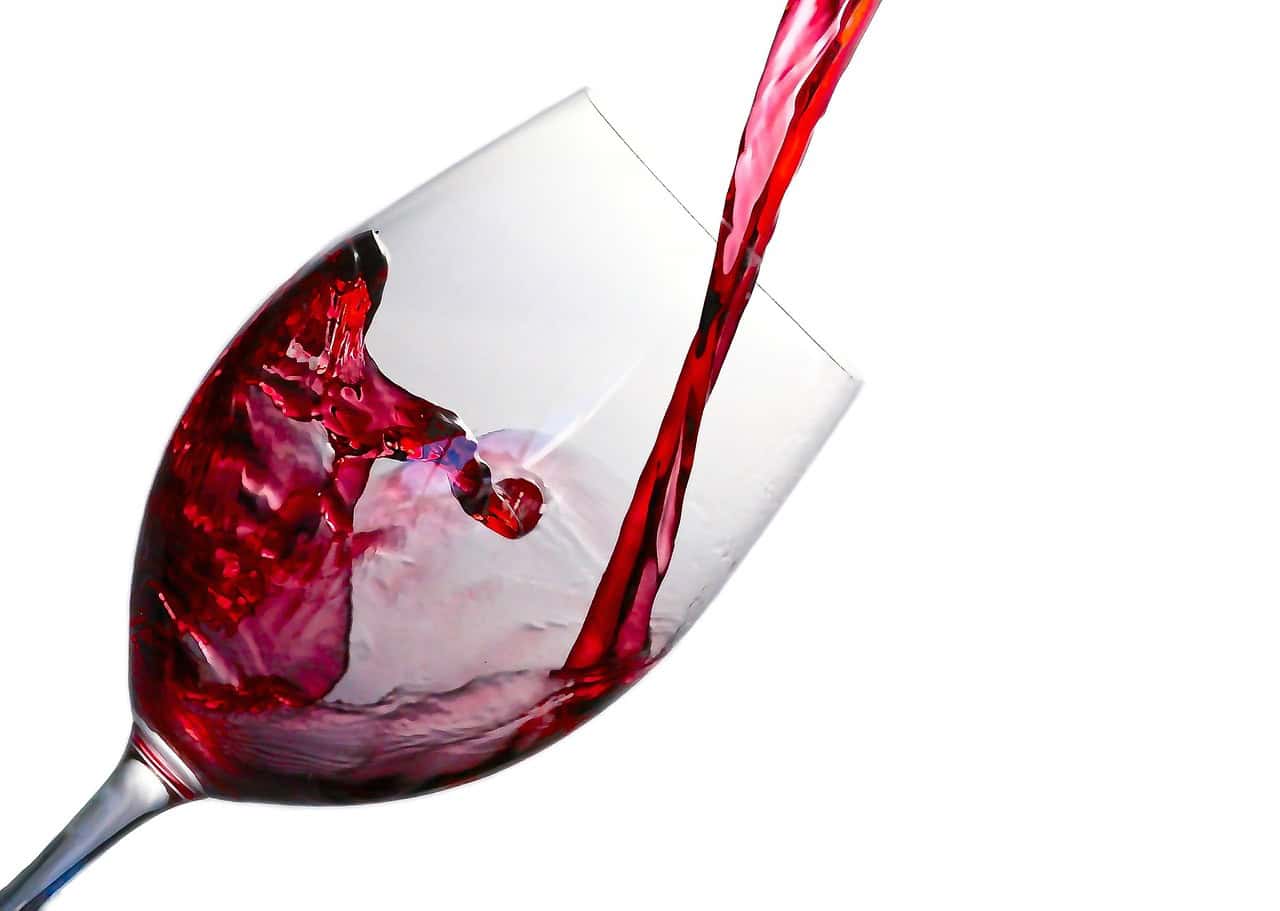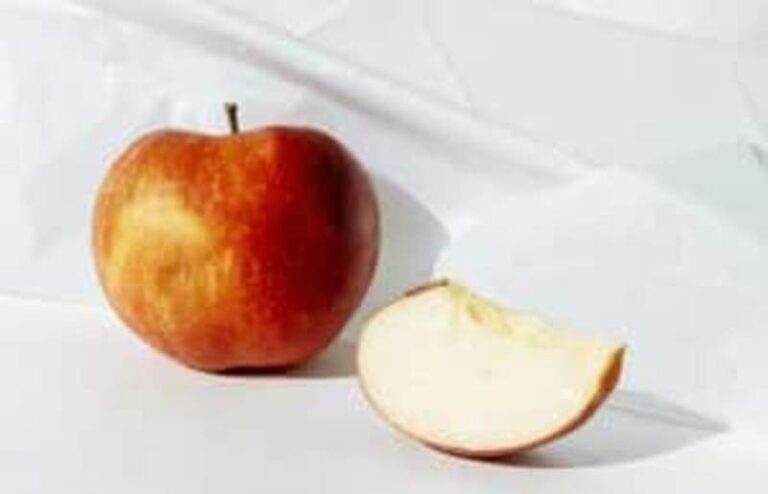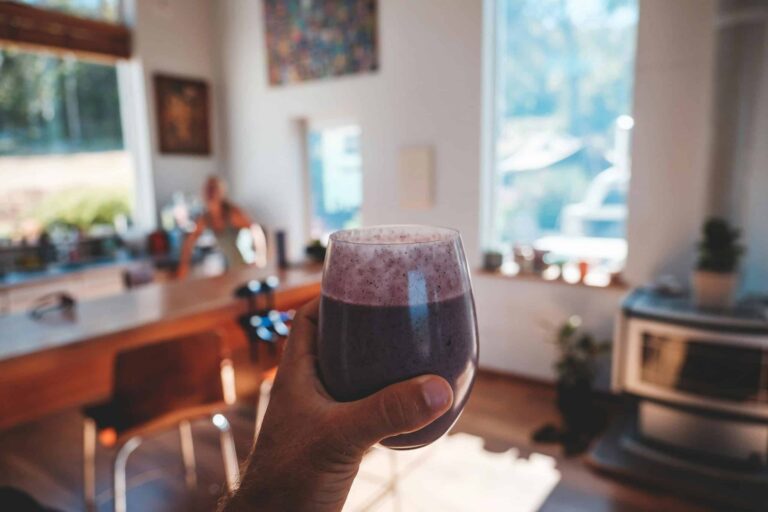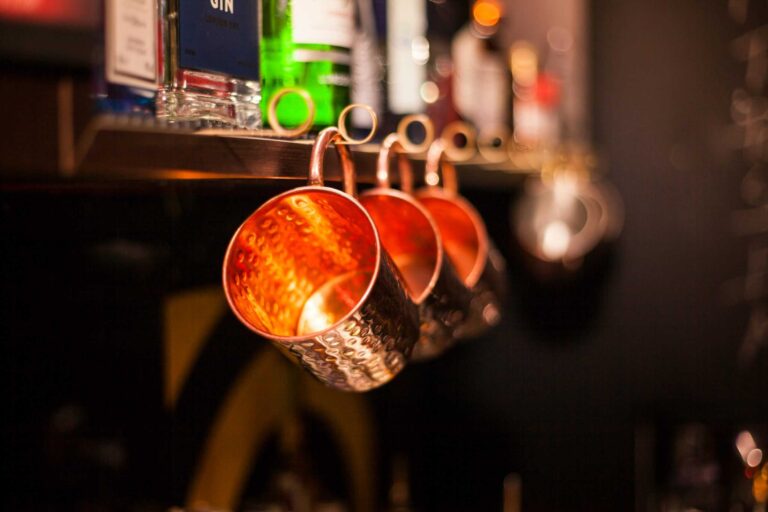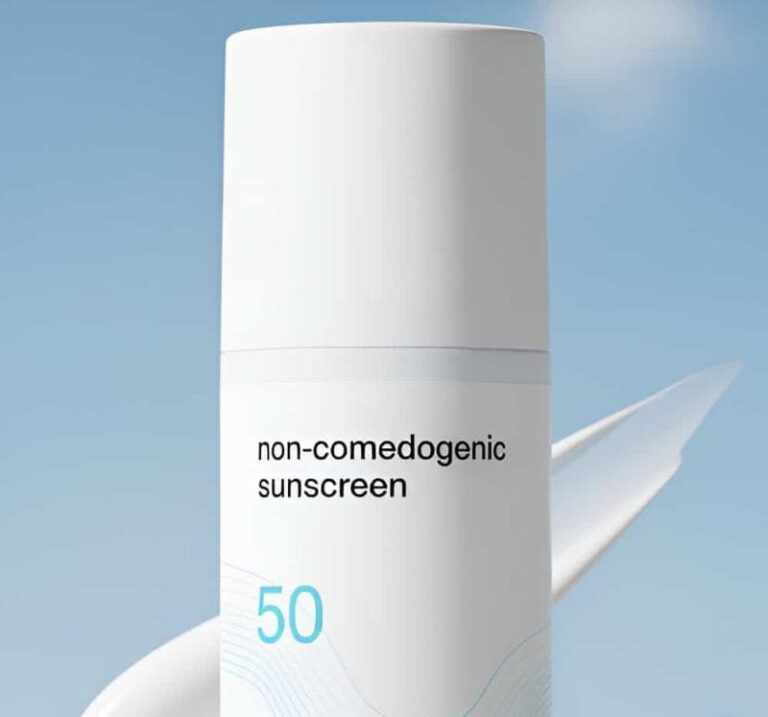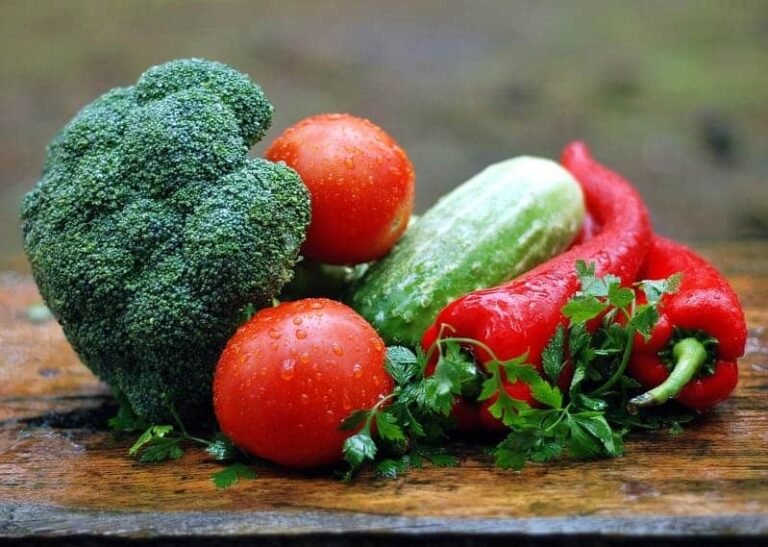How to Tell If Your Delicious Wine Should Be Aged or Opened Now: Expert Tips
Look, we’ve all been there. You’re standing in your kitchen, staring at that bottle you’ve been hoarding like it’s the last slice of pizza at a college party. The eternal question haunts you: Should I drink this now, or will I regret not waiting another five years? Well, grab a glass (of something else, obviously) because we’re about to dive into the wonderfully confusing world of wine aging.
Here’s the thing that nobody wants to tell you: most you buy is meant to be consumed faster than you can say “2019 Cabernet Sauvignon.” Yeah, that’s right. While its snobs everywhere clutch their pearls, the truth is that roughly 90% of what is produced today is designed to be enjoyed within a year of release. So much for that romantic notion of letting everything gather dust in your basement.
The Science Behind Wine That Actually Ages Well
Before you start questioning every bottle in your collection, let’s talk about what makes it worthy of the aging game. It’s not just about slapping a fancy label on it and calling it a day. Wines that age gracefully need specific characteristics, and honestly, it’s more science than magic.
The most age-worthy bottles possess what experts call an “über-long finish.” No, that’s not wine speak for pretentious – it literally means the flavors stick around in your mouth long after you’ve swallowed. Think of it like a good joke that keeps making you smile hours later, except it’s happening in your taste buds.
Writer Christy Canterbury, MW, puts it perfectly: “Those lingering flavors mean that it has very good concentration, which is effectively the stamina for a wine.” If yours feel like it’s got gangly knees and elbows – where the tannins, acidity, and fruit are all fighting each other – it’s probably not going to age into anything spectacular.
Understanding What Changes When Wine Ages
Here’s where things get interesting. When aged, it’s not just sitting there looking pretty (though it might be doing that too). Chemical reactions are happening that would make your high school chemistry teacher proud. The wine’s primary fruit flavors start to mellow out, making room for what wine folks call “tertiary characteristics.” Translation: your bright, fruity wine might develop earthy, leather, or tobacco notes over time.
Tannins – those compounds that make your mouth feel dry – also soften with age. It’s like it’s learning to play nicely with others. Acidity mellows too, while alcohol and sugar levels stay put like that one friend who never changes.
But here’s the kicker: you need to actually enjoy these changes for aging to make sense. If you’re someone who loves bright, fresh fruit flavors and the idea of your tasting like a forest floor makes you want to stick to White Claw, then aging wine probably isn’t for you. And that’s perfectly fine.
The Personal Taste Test: Do You Even Like Old Wine?

TJ Douglas, CEO of Drink Progressively Group, asks the question that should be tattooed on every lover’s forehead: “Do I even like old wine?” It seems obvious, but you’d be shocked at how many people age it just because they think they’re supposed to.
Before you start hoarding bottles like an obsessed dragon, taste some aged wines first. See if you actually enjoy those developed, complex flavors that come with time. If you prefer a bottle to taste like it just jumped out of a fruit basket rather than something that’s been contemplating life in a cellar, you’ll save yourself years of disappointment.
Storage Conditions: It’s Not Just About the Wine Rack
Let’s talk about the elephant in the room – storage. You can have the most age-worthy bottles in the world, but if you’re storing it next to your water heater or in direct sunlight, you might as well be aging grape juice. Proper storage means consistent cool temperatures (around 55°F), stable humidity, and keeping the bottles away from vibrations and light.
Don’t have a fancy wine cellar? Join the club. A cool, dark closet or even a fridge can work wonders. The key is consistency. It doesn’t like to change any more than your cat does.
Which Wines Actually Deserve the Waiting Game
Now for the million-dollar question: which wines should you age? Generally speaking, wines with high tannins and good acidity are your best bets. Think Cabernet Sauvignon, Nebbiolo, or Bordeaux blends for reds. For whites, look toward wines with good acidity like Riesling or Chardonnay from quality producers.
Vintage also matters. Wines from structured regions with ideal growing conditions tend to have better aging potential. But here’s where it gets tricky – even within the same vineyard, different vintages can age completely differently.
The Bottom Line on Aging
Here’s the reality check: most are perfectly delicious right now. The industry has gotten really good at making wines that are balanced and enjoyable upon release. The whole “let it age for decades” thing applies to a much smaller percentage of wines than Instagram would have you believe.
If you’re genuinely curious about aging, start small. Buy a few bottles of something with good aging potential, try one now, and put the others away for different time intervals. Keep notes about how the bottle changes over time. You might discover you prefer it at year three rather than year ten.
And remember, there’s no police coming to arrest you for drinking a “cellar-worthy” bottle too early. Life’s too short to wait for permission to enjoy good wine. Sometimes the best time to drink that bottle is simply when you want to drink it.

